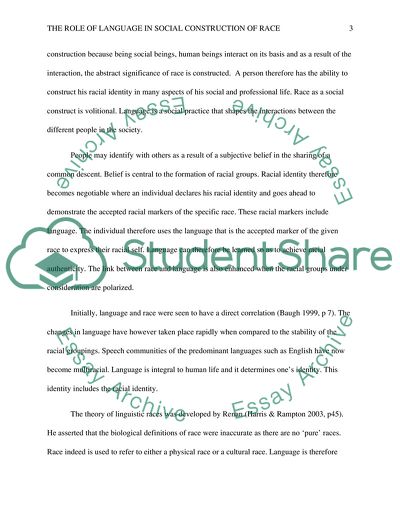Cite this document
(The Role of Language in the Argument that Race is Socially Construct Essay, n.d.)
The Role of Language in the Argument that Race is Socially Construct Essay. https://studentshare.org/sociology/1758234-is-3203
The Role of Language in the Argument that Race is Socially Construct Essay. https://studentshare.org/sociology/1758234-is-3203
(The Role of Language in the Argument That Race Is Socially Construct Essay)
The Role of Language in the Argument That Race Is Socially Construct Essay. https://studentshare.org/sociology/1758234-is-3203.
The Role of Language in the Argument That Race Is Socially Construct Essay. https://studentshare.org/sociology/1758234-is-3203.
“The Role of Language in the Argument That Race Is Socially Construct Essay”. https://studentshare.org/sociology/1758234-is-3203.


